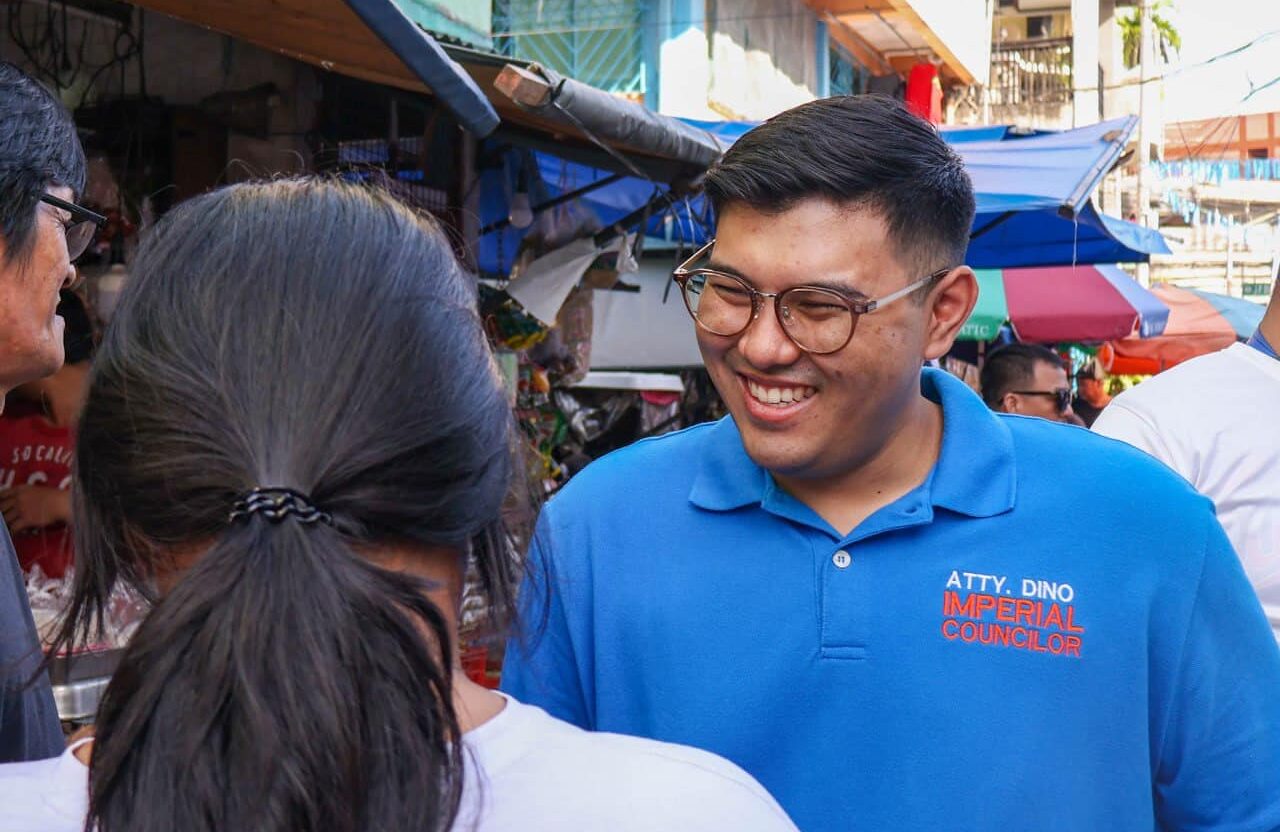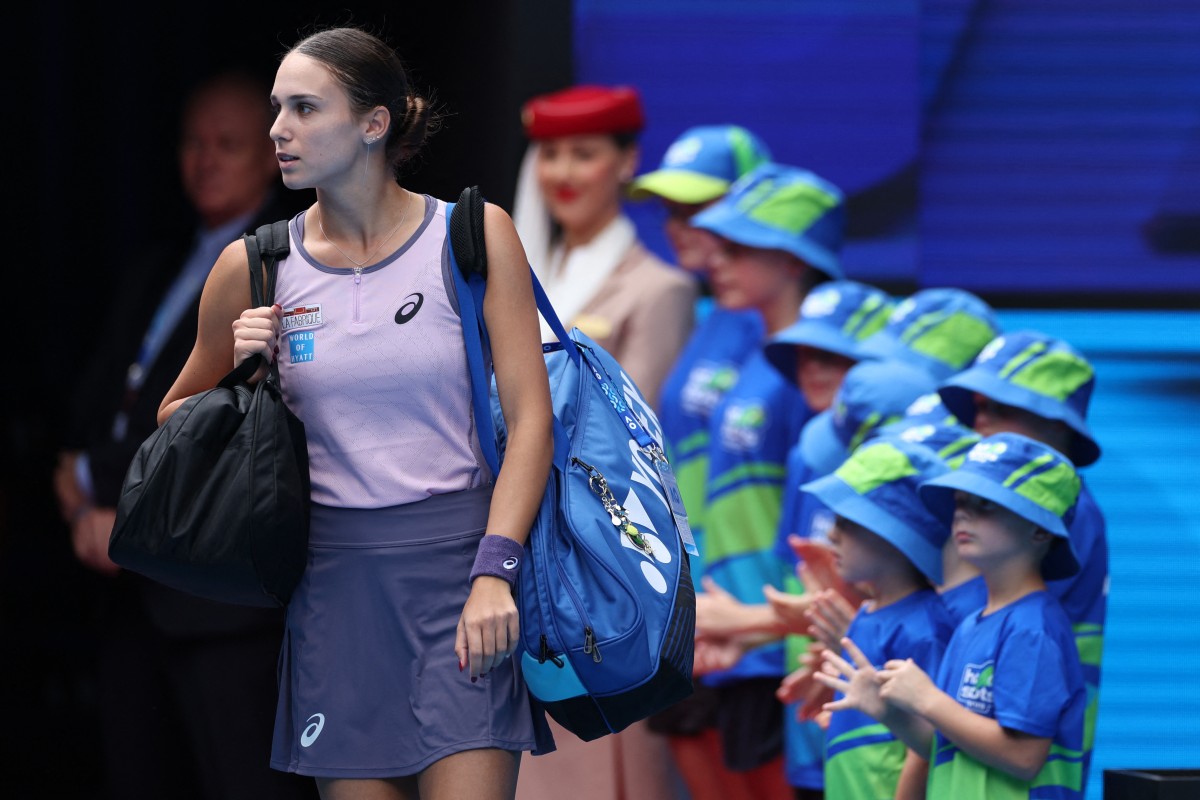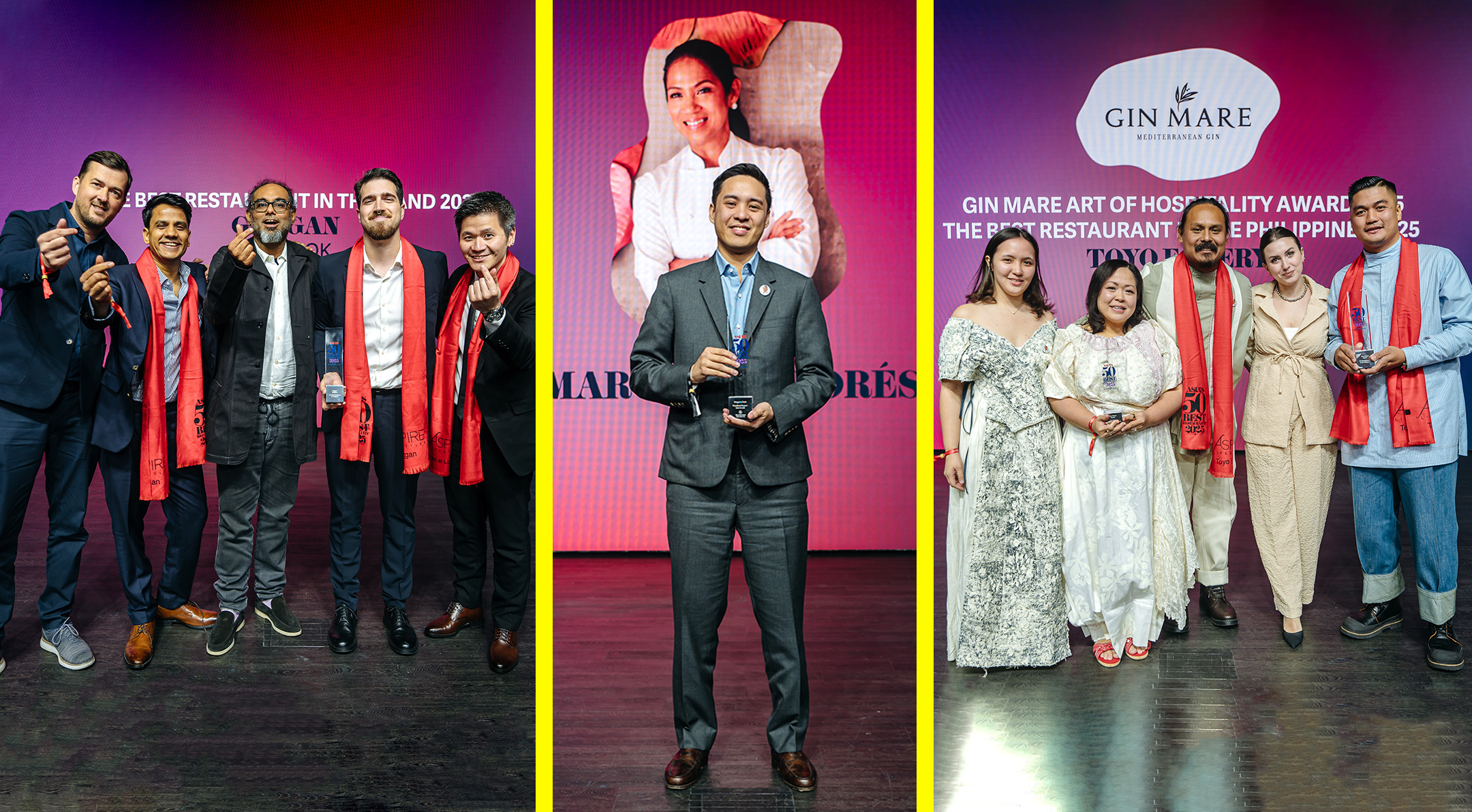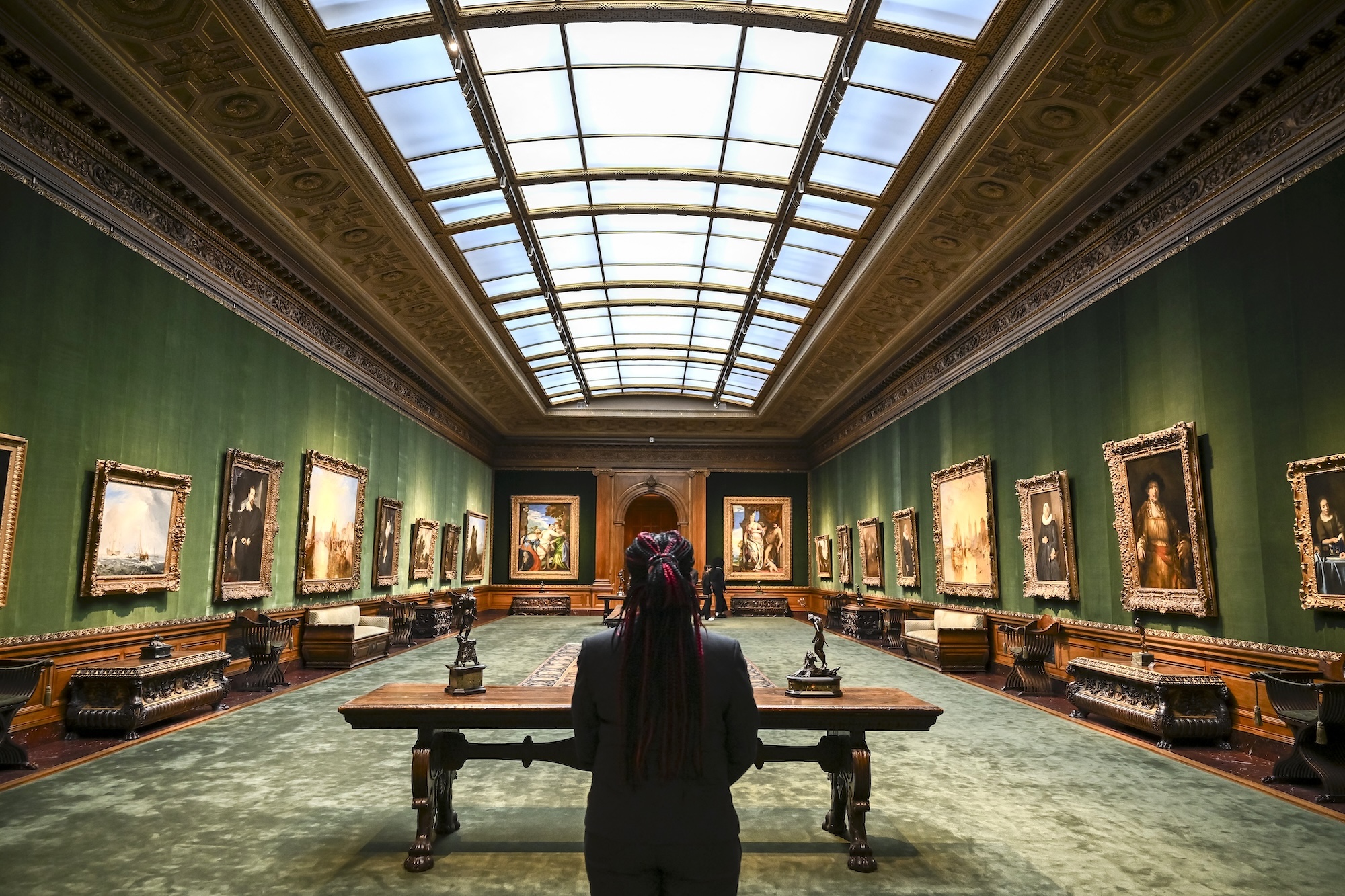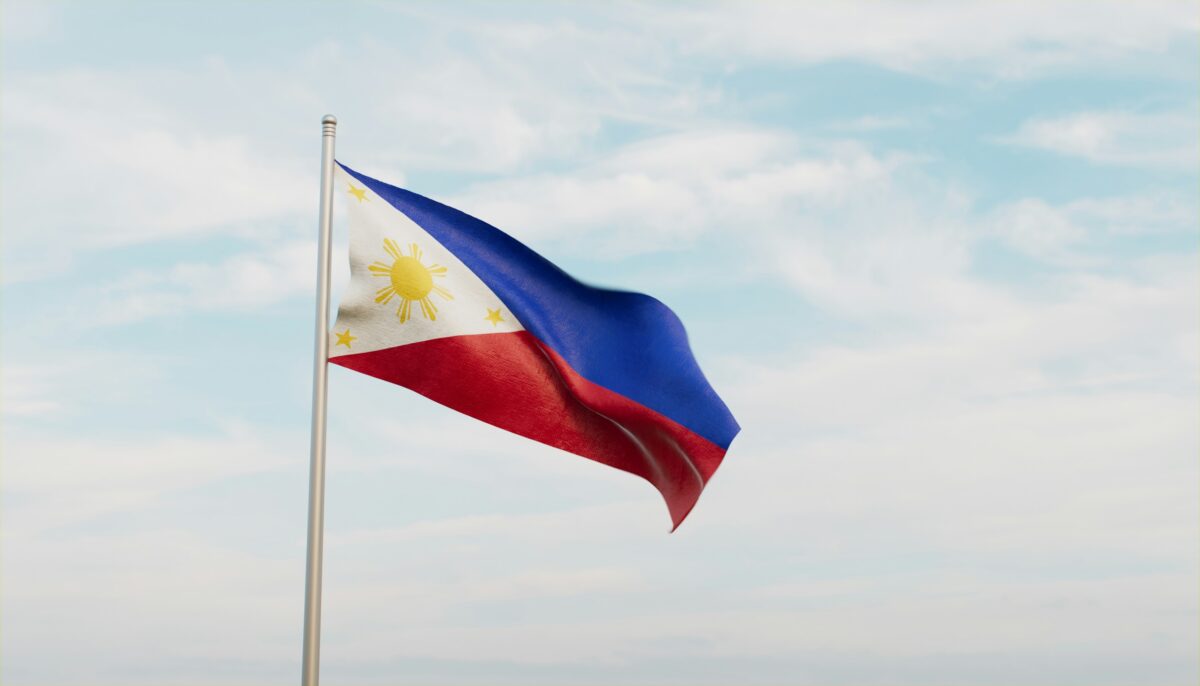I used to know English and I used to know Tagalog. Or so I thought. Now I’m lost when English is treated as Tagalog. Carry mo bang ano? Carry mong isuot—ano pa? Dare to wear mo ba, go against the world, your conscience, others’ opinions? In other words, carry mo ma-judge as either avant garde or lukaret?
“Gimmick” is also a word I used to know. As kind of a trick or device to attract attention, but no—it’s now a party, a “happening.”
And it’s impossible to fathom when a word seems completely unrelated to its meaning. Like, epal kinda means attention-grabber. Why? Because it comes from papel or pumapapel, getting into a script where you’re not supposed to be included.
Sort of like a photo bomber? Now, where did this phrase come from? A “photo bomber” is a distraction from the intent of a photo. As when you’re concentrated on taking a picture of two people posing and a stranger suddenly walks within camera range and gets included in the shoot. Sometimes the inclusion is accidental, but a sharp shooter can also time it intentionally and produce a really witty picture.
I know I have slipped between the cracks of the generations when relatives or friends ask me what I want for my birthday/Christmas. “Lotion,” I say. And I invariably receive a liquid cream for my body. (If you get one from me, you can be sure it’s a recycled gift). “Lotion” in earlier times, used to mean “scent.” Lighter than perfume, but not cologne. Something in between a pure concentrated smell, yet not as dismissable or airy as cologne.
“Buns” and “rolls” were not always edible. Buns used to be moños or pusod on the back of the head, or yes, rolled hair on either side of one’s face. We also had paddings for the hair, made of hair. They looked like “rats” and were called yes, “rats.” They were used to give volume to poufs.
Kiss me’s
Page Boy was a loose inward roll at the end of jaw-length hair—yes, like the King’s page boy. Ondas were waves on the forehead or on either side of the face, a popular ’30s look. “Kiss me’s” were c-shaped bits of hair in front of each ear, popularized by Greta Garbo in the ’20s before I was alive. Mervins were evil-looking aluminum contraptions to clip on the hair an hour or two before going out in order to create wavy hair.
If you wanted long curly hair that cascaded down like Santa Veronica’s, you asked the parlor for a curl called a “spiral.” An ordinary curl was simply a “permanent.” “Setting” the hair, then called “training” the hair, was a tedious task done the night before to create natural curls out of short or medium-length hair. It consisted of twining hair around the forefinger and then pinning it down with a clip. In my time there were yet no setting lotions or Spraynet. Water was OK if you had a bit of naturally curly hair. If not, beer did the trick, because it was sticky but did not leave a smell on the hair when dry.
Ribbons or “laso” were popular for pre-teeners with braids or curly hair. So were bangs. When I was 5 or 6, I wore bangs. My mother would take me every fortnight to Daddy’s barber to have it trimmed. The barber would swatch me in a long white cloth. My mama meticulously directed the cutting of my bangs.
Sausage curls or tirabuson a la Shirley Temple was another favorite hairstyle for children. (Thank God there was no hair color dye yet to make us blonde.)
It was also stylish to wear “sunsuits,” mameluko style, one piece with snaps on the bottom. Also, a unisex “sailor blouse” with pants for girls as well as boys. If you had a fashionista mama, you underwent all these tortures, and other mothers enviously called you a “spoiled brat.”
We washed our face or bathed with Camay or Big Bath Soap or the clear elegant Heno de Pravia. We brushed our teeth with Kolynos (not yet Colgate). There was only one kind of nail polish for adults—it was Cutex—and it was so popular it became a verb, as in “magpa-Cutex ka.”
By lipstick age, you learned how to color your upper lip and shape it like a “Cupid’s bow.” I watched mommy do her makeup. She always reminded me to powder inside the ear, because in there it was shiny. She used Max Factor “colorete,” now called “rouge” or “Blush On.” Popular face powder was loose—Coty or Maja or just Johnson’s. Women with thick face powder were called “nadapa sa harina” or “espasol.”
Pond’s used to have a moisturizing cream called “vanishing cream” because it evaporated and served as foundation. Now it is called a “moisturizer.”
We didn’t know much about how to make up, and there was no standard look for beauty. Today you can’t tell one pretty face from another. Somehow they all look alike.

